
January, 2015
Wins at Sundance, Camerimage, and BIFA
The use of 16mm film with the Hawk V‑Lite16 Anamorphic Lenses has seen a renaissance as of late. Three recent films shot using these lenses have won many awards as of late. An abbreviated list includes:

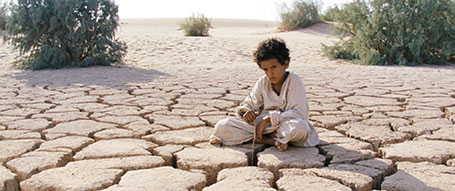
Theeb
Director: Naji Abu Nowar
Cinematographer: Wolfgang Thaler
Director’s Debut Competition
2014 Camerimage
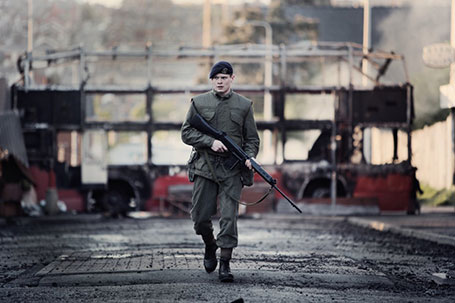
71
Director: Yann Damange
Cinematographer: Tat Radcliffe
Best Director
2014 British Independent Film Awards
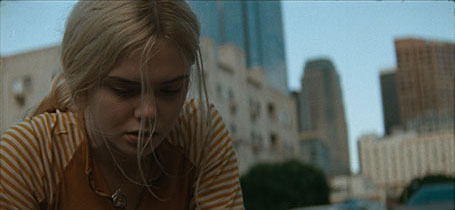
Low Down
Director: Jeff Preiss
Cinematographer: Christopher Blauvelt
Excellence in Cinematography Award
2014 Sundance Film Festival
This renewed interest in the format can be linked to the affordability of the stock and the beautiful quality of the images. The distinct aesthetic of the anamorphic image combined with the complete use of the film stock is once again in fashion.
Naji Abu Nowar, director of Theeb, writes about his experiences using 16mm film with the Hawk V‑Lite16 Anamorphic lenses, “We felt this was the best and most affordable way to capture the world of our film. It gives us the ability to have the scope that grasps the vast immensity of the desert and the intimacy of experiencing things through the POV of the boy.” Cinematographer Wolfgang Thaler decided to shoot the film on Kodak 50D 7203, 250D 7207 and 500T 7219 stock. The large number of night and dusk shots was a major factor for this decision.
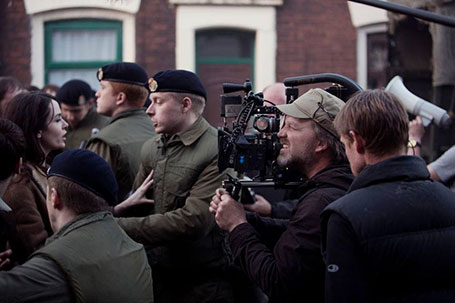
Tat Radcliffe on the Set of 71
Tat Radcliffe, cinematographer on 71, decided to use Kodak 250D 7207 in order to have the best options for daytime shots. He said they wanted the grand scale of anamorphics and since the film was shot with S16, the Hawk V‑Lite16 1.3x lenses provided the simplest route to scale the film up to 2.40. When asked about his experience using Hawk V‑Lite16 Anamorphics, he said, “Loved it. We got the epic sweep of anamorphic, but at the same time, we were able to stay lightweight and flexible with all the hand held work we needed to shoot.”
Christopher Blauvelt, cinematographer for Low Down, elaborated on why their choice to shoot on Hawk V‑Lite16 Anamorphics: “We were looking into S16 anamorphic to help our period (70's) film have some texture in it. The problem has always been that you had to use 35mm anamorphic lenses on 16mm, so you lose out on the wider end of your focal lengths. We discovered the Hawk 1.3x squeezes and had to see them. The lenses optimize the S16 negative, and the fact that 1.3x doesn’t provide the 2x (true) anamorphic look couldn't have been more perfect. In fact, it helped us enhance the period look of the film.”
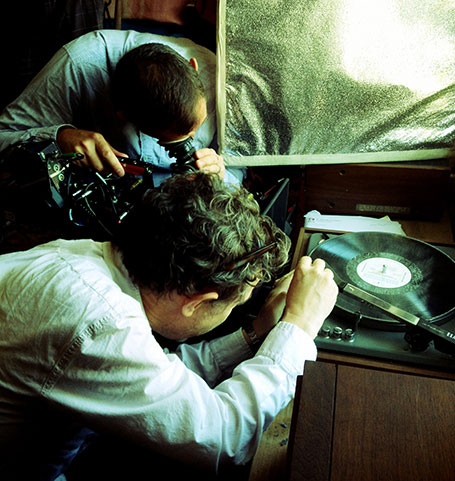
Christopher Blauvelt on Set of Low Down
They shot on Kodak 250D 7207 for daytime exteriors and interiors and 500T 7219 for darker scenes and nights.
The aesthetic quality is one aspect, but shooting on 16mm is still economical. The rental of cameras and lenses is affordable and according to Cinelab in London, the current price of 16mm color stock, negative development, and HD telecine processing is approximately one third of the cost of 35mm 4 perf color stock, negative development, and telecine processing.
The 16mm anamorphic image is still a powerful tool for storytelling, visually constructing worlds that resonate with emotion. Maybe 16mm film was never truly gone, but it has been a while since it was so prominently placed in the spotlight.